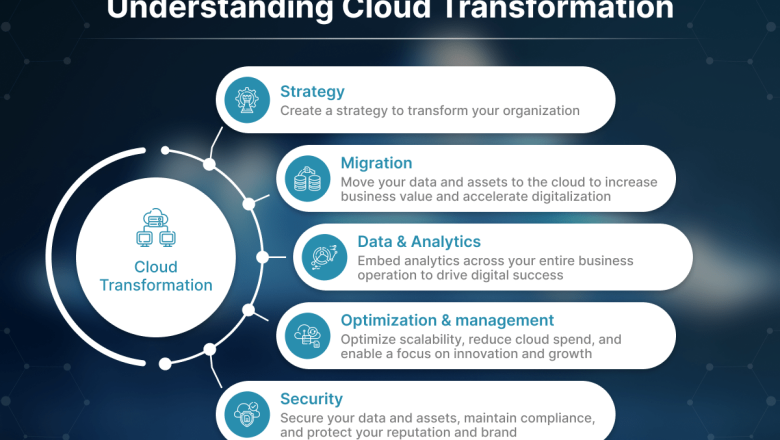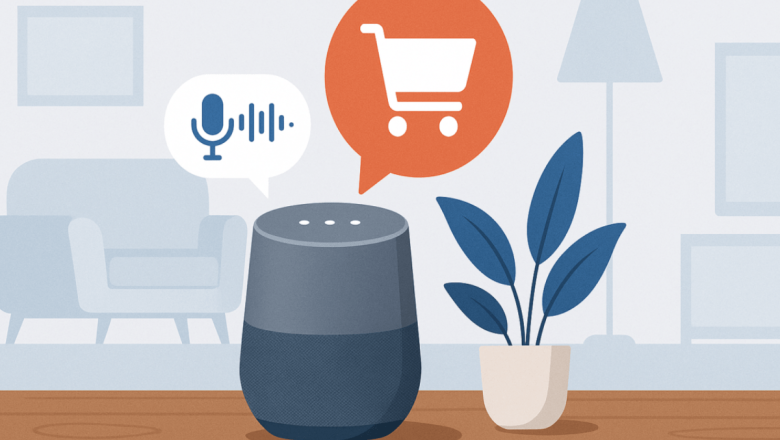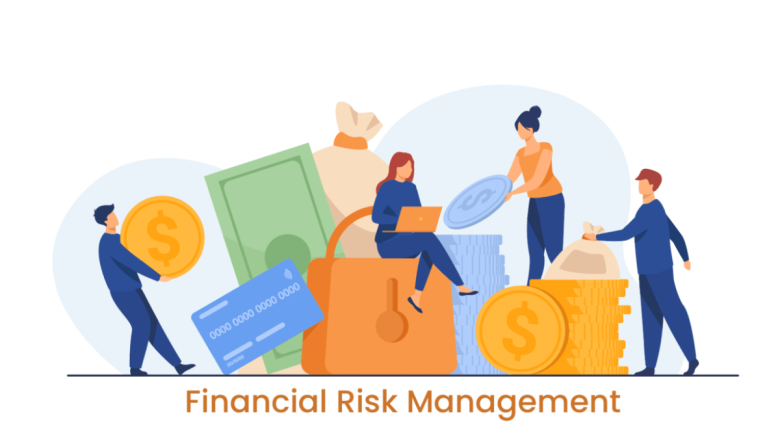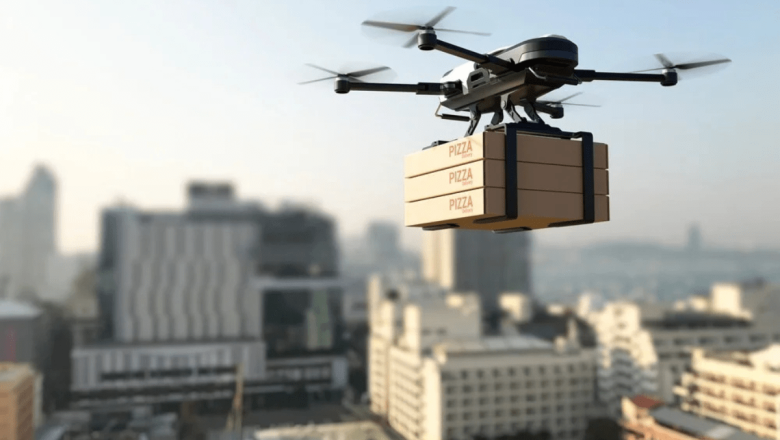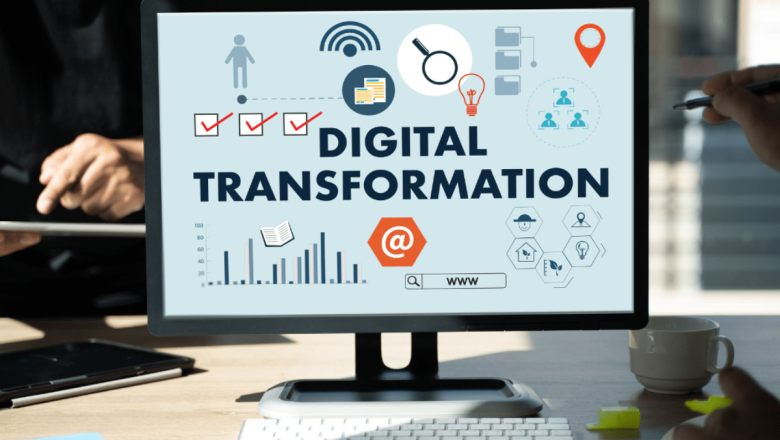
Natural Language Processing Trends of 2025: Life After Chatbots
Introduction: The Future of NLP
Natural Language Processing (NLP) is a warp-speed advancement in the last ten years, far from the chatbot chum. By 2025, NLP is leading the charge to revolutionize how business, healthcare, and technology systems communicate with humans.
From understanding context to producing answers that sound like human speech, uses of NLP today are creating more intelligent systems that can understand, analyze, and answer words with unparalleled precision.
Advancements in NLP Technology
Current NLP models make use of advanced machine learning and deep learning techniques to be able to understand not only the syntax but also the sentiment and semantics of the language. Transformer models and large language models (LLMs) enabled models such as ...


